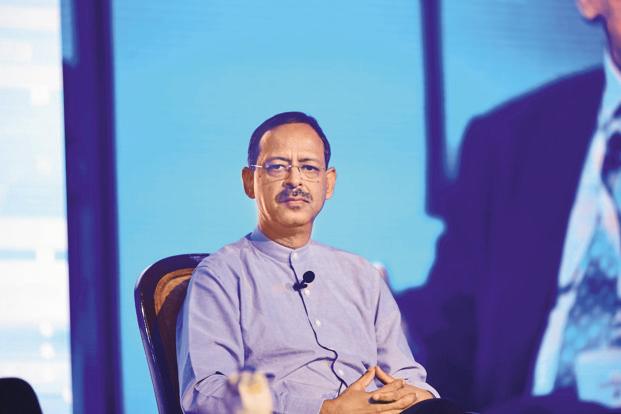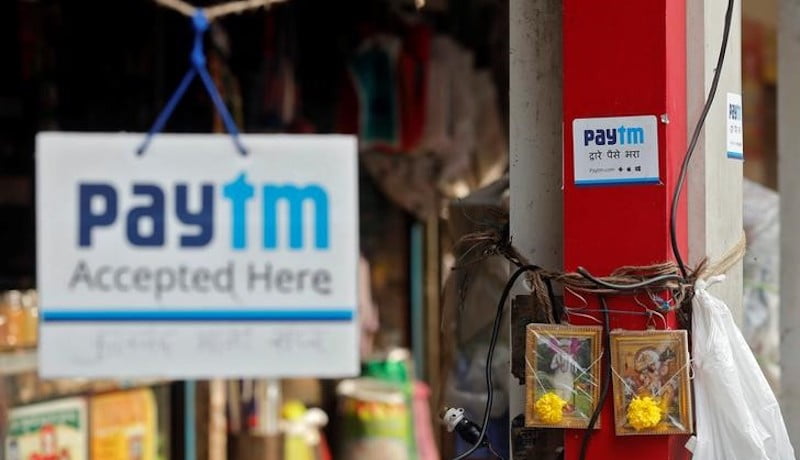
New Delhi: The Meghalaya Board of School Education declared the results for class 10 board (SSLC) exam and class 12 (HSSLC) Arts stream students on Tuesday. The results are now available on the board’s official website mbose.in and can be downloaded as a PDF booklet.
Earlier, the results of 20 toppers of SSLC were leaked on Facebook on Monday night, a day before its official declaration by MBoSE, which was confirmed by the board’s controller of examinations, T.R. Laloo. The MBoSE is probing the source of the leak.
“It is unfortunate. It never happened. It could be possible that the websites which have the results were hacked. We are talking to the technical experts to find out the reason,” The Shillong Times quoted Laloo as saying.
The official said he came to know that it was leaked on Facebook and “some people who were close to us also told us that it happened, the report adds. It also said that the Meghalaya board took the matter with the technical personnel of MBoSE and denied it as an inside job.
The result for Meghalaya Board class 12 Science, Commerce, and Vocational stream students were already declared on 8 May.
The result will also be available through SMS in mobile phones.
Secondary School Leaving Certificate (SSLC)
■ <MBOSE10>space<Roll No> send it to 56263
■ <MBOSE10>space<Roll No> send it to 5676750
■ MG10 <Roll No> send it to 52070
Higher Secondary School Leaving Certificate (HSSLC)
■ <MBOSE12A>space<Roll Number> to 5676750
■ <MBOSE12A>space<Roll Number> to 56263
■ <MG12A>space<Roll Number> to 52070
The board has also introduced QR codes in its internet and original mark sheets so that the authenticity of the result could be easily verified using the MBoSE app which is available on Google Playstore for free.
The pass percentage for SSLC results among regular students is 79.90 with boys’ percentage at 80.84,while girls is at 79.12. About 18,326 regular students cleared the exams out of 23,033. The overall pass percentage is 54.04.
Duyu Asung from Shillong topped the exam with 568 marks.
Results will also be available at:
— www.megresults.nic.in
— www.timesinternet.in
— www.knowyourresult.com
— www.indiaresults.com
— www.examresults.net/meghalaya
— www.jagrannewmedia.com
— www.results.amarujala.com
[“Source-livemint”]























